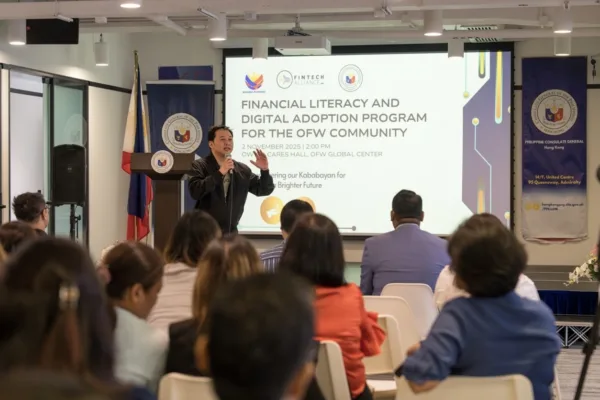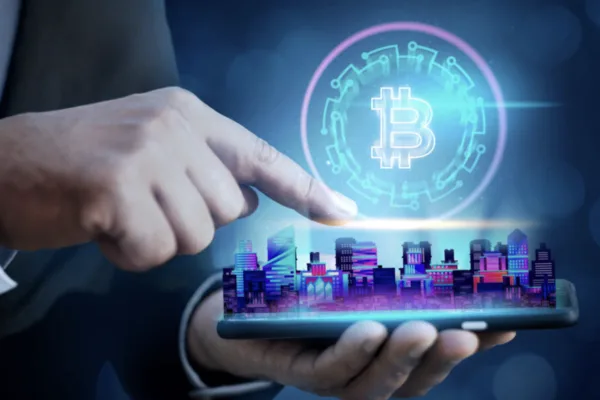by Edielyn Mae Mangol, Reporter
The Philippines is witnessing a transformative shift in how financial services are delivered and consumed, driven by the rapid rise of embedded finance — the seamless integration of financial products such as buy-now-pay-later (BNPL), insurance, lending, and payments directly into non-financial platforms like e-commerce sites, ride-hailing apps, and retail applications.
This trend is not only reshaping consumer convenience but also unlocking new revenue streams for businesses and democratizing access to essential financial tools for millions of Filipinos.
Embedded finance: A seamless financial experience

Embedded finance eliminates the traditional friction of accessing financial services by embedding them within platforms consumers already use daily.
For example, shoppers on e-commerce sites can opt for BNPL options at checkout without leaving the platform, while ride-hailing apps may offer micro-insurance or instant loans tailored to users’ needs.
This approach transforms financial services from standalone products into integrated experiences that enhance usability and accessibility.
Driving convenience and inclusion
The convenience factor is a major driver of embedded finance adoption in the Philippines. With high smartphone penetration and a young, tech-savvy population, Filipinos increasingly prefer financial services that are fast, accessible, and integrated into their digital lifestyle. A 2022 Statista survey showed that 70% of Filipinos have used apps with built-in finance, with 83% citing convenience as the main reason.

Moreover, embedded finance plays a critical role in addressing the country’s large unbanked and underbanked population — estimated at 34 to 36 million adults as of 2022. Traditional banking services often fail to reach these segments, especially in rural areas. Embedded finance bridges this gap by offering financial access through platforms that Filipinos already trust and use, effectively lowering barriers to entry for credit, payments, and insurance.
Buy-now-pay-later: A flagship embedded finance product
Among embedded finance offerings, BNPL has gained significant traction in the Philippine market. This payment method allows consumers to split purchases into manageable installments, often with little or no interest, without requiring stringent credit checks.
BNPL services are integrated into e-commerce platforms and even traditional banks’ digital channels, enabling users to “shop now and pay later” with ease.
In addition, it not only benefits consumers by easing cash flow and budgeting but it also creates new revenue streams for merchants through increased sales conversion and customer loyalty. According to Digido, the global BNPL market is booming, and the Philippines is no exception, with banks like Metrobank, BDO, and EastWest offering BNPL options alongside fintech startups innovating in this space.
Business opportunities and market growth

The embedded finance sector in the Philippines is on a steep growth trajectory. Industry reports forecast the embedded finance market to grow at a compound annual growth rate (CAGR) of 35% from 2024 to 2029, expanding revenues from approximately USD 1.94 billion in 2024 to USD 8.74 billion by 2029.
This growth is fueled by increasing mobile adoption, supportive regulatory frameworks, and the active participation of major fintech players enhancing the payment gateway ecosystem.
For businesses, embedded finance offers a dual advantage: it enhances customer experience by providing convenient financial options and opens up new monetization avenues through fees, interest, and cross-selling of financial products embedded within their platforms.
Retailers and e-commerce platforms that adopt embedded finance solutions can differentiate themselves, increase customer retention, and tap into underserved market segments.
On the horizon of seamless financial integration

Embedded finance is fast becoming a cornerstone of the Philippine digital economy, enabling invisible banking — where financial services operate quietly in the background of everyday transactions. As more platforms integrate lending, payments, insurance, and wealth management tools, Filipinos will enjoy unprecedented financial convenience and inclusion.
This evolution also challenges traditional banks to innovate and collaborate with fintechs to remain relevant. The future of finance in the Philippines lies in seamless integration, user-centric design, and broadening access, making embedded finance not just a trend but a fundamental shift in how financial services are delivered.
Embedded finance is revolutionizing the Philippine financial landscape by embedding essential services into everyday digital experiences, empowering consumers and businesses alike to thrive in a more inclusive and connected economy.








